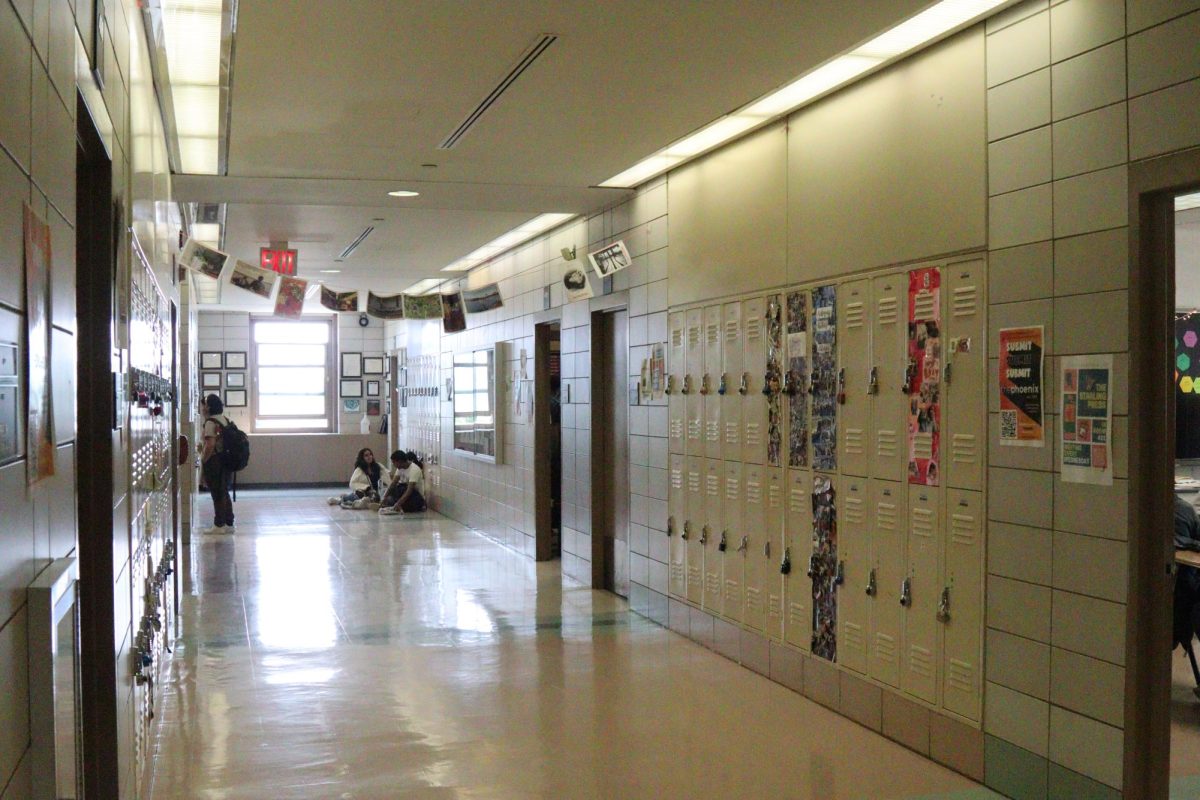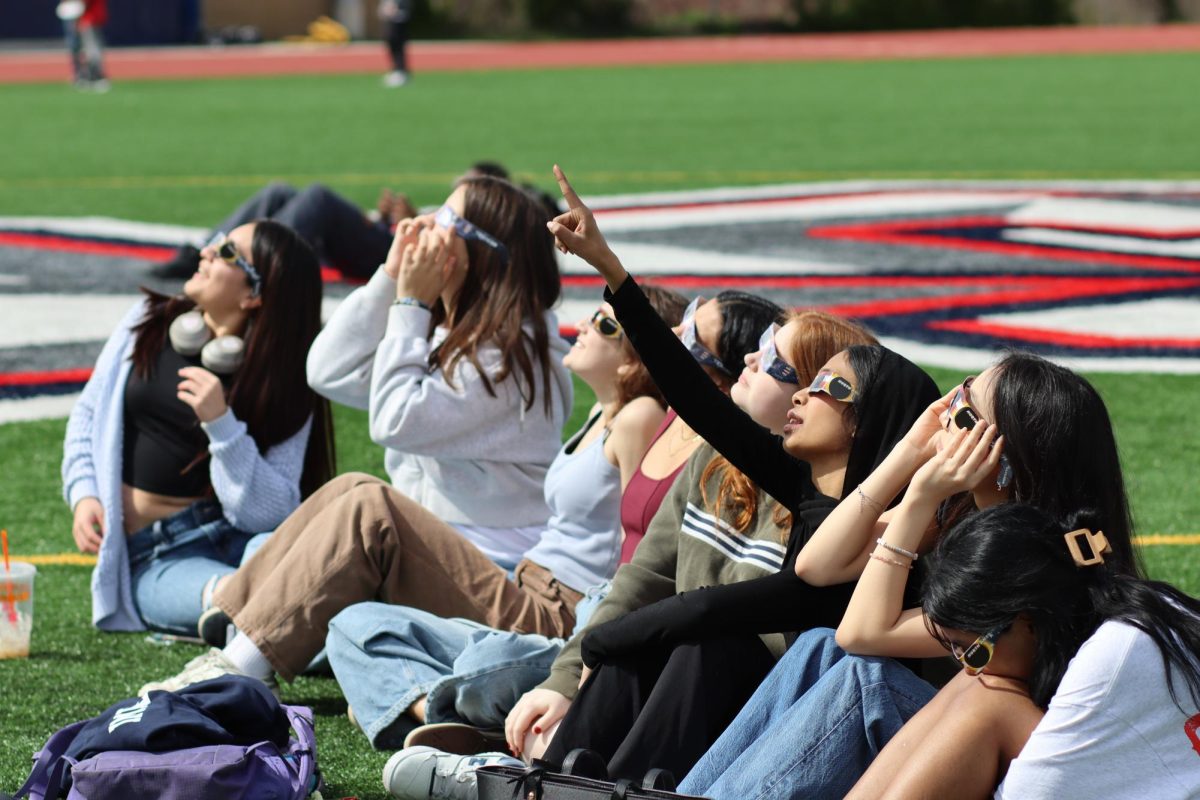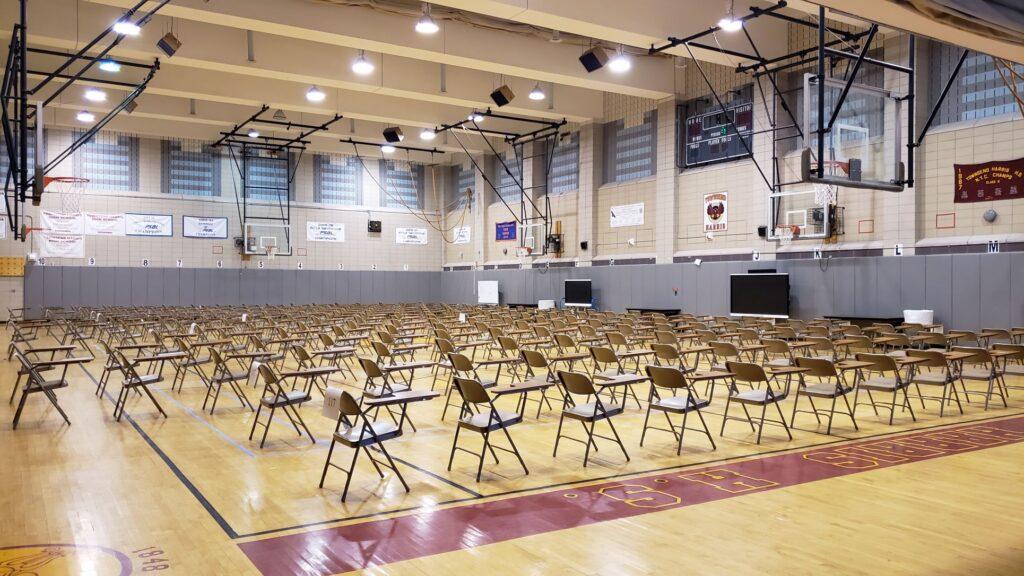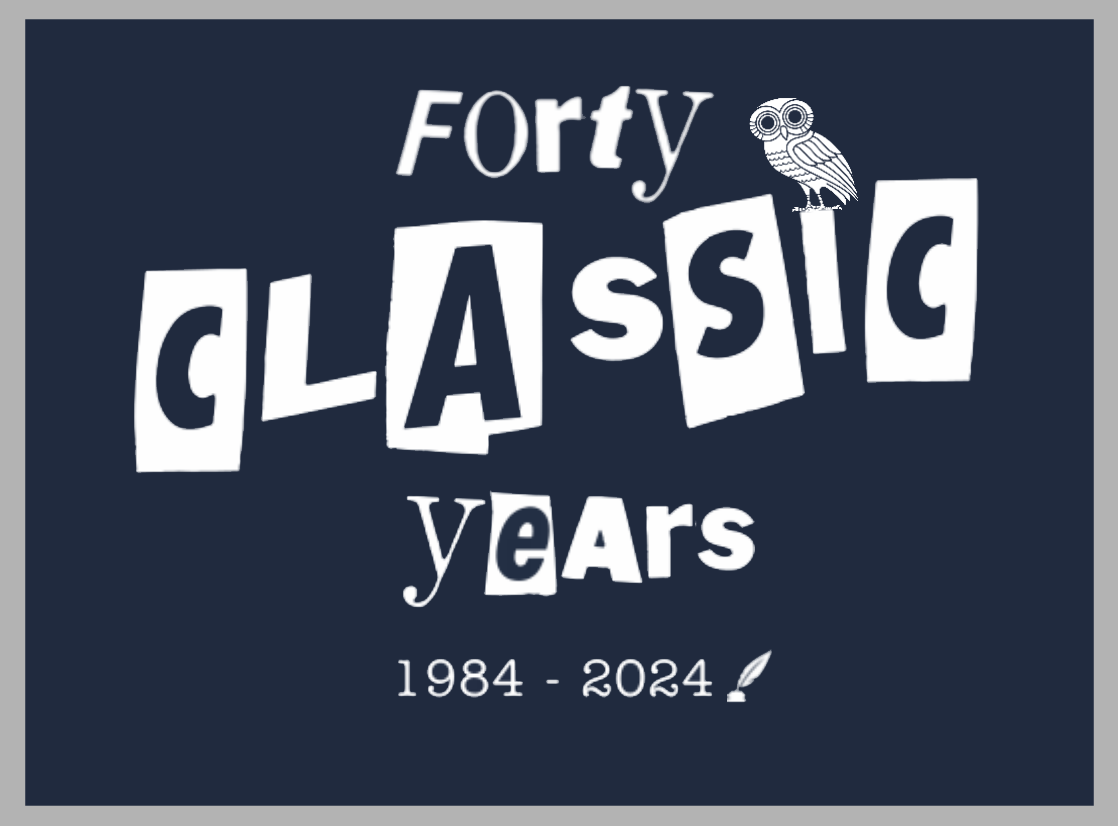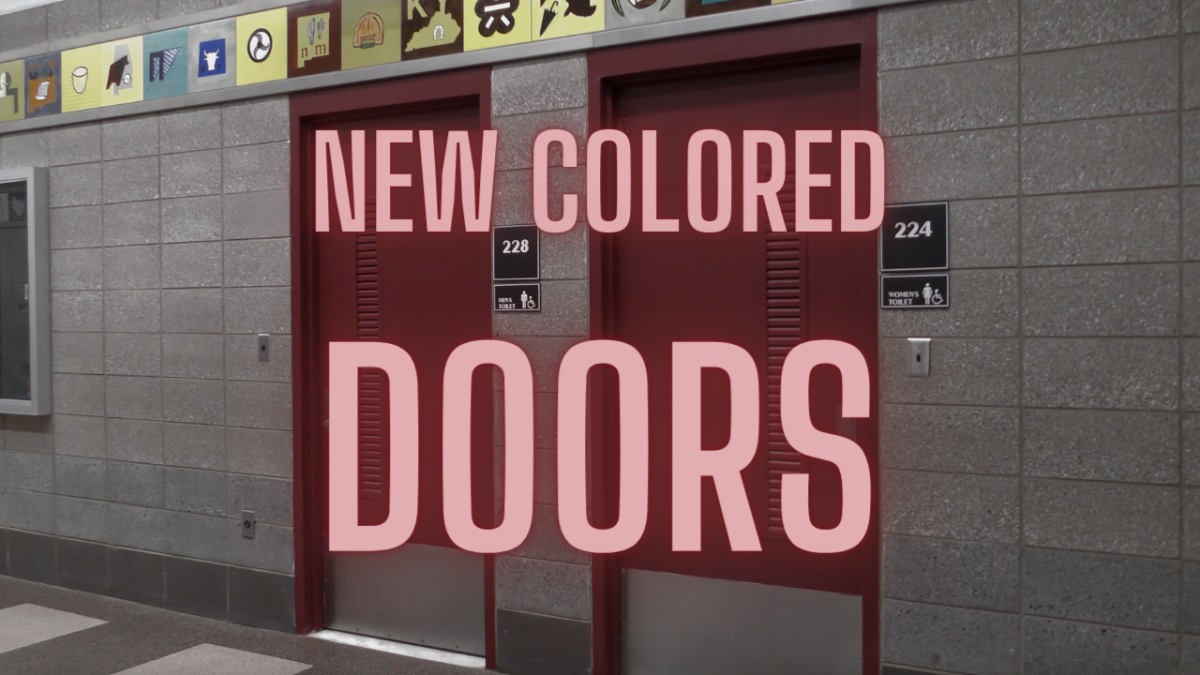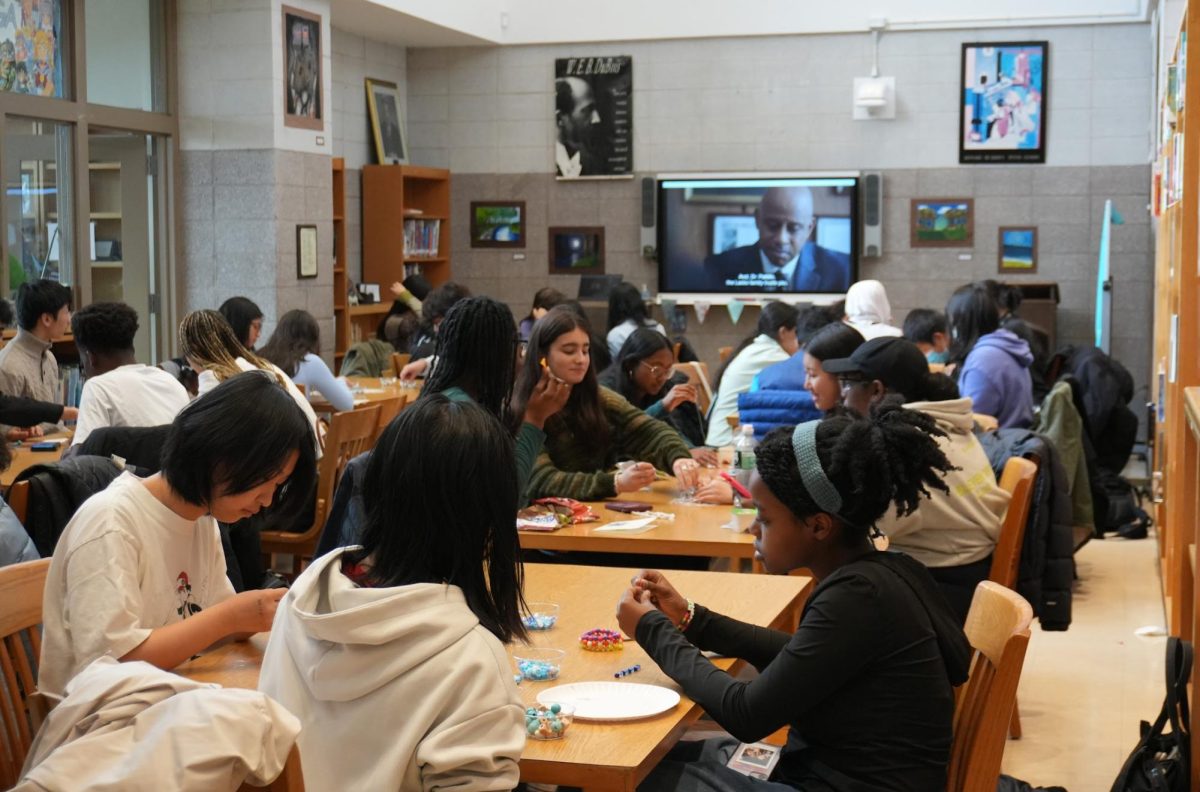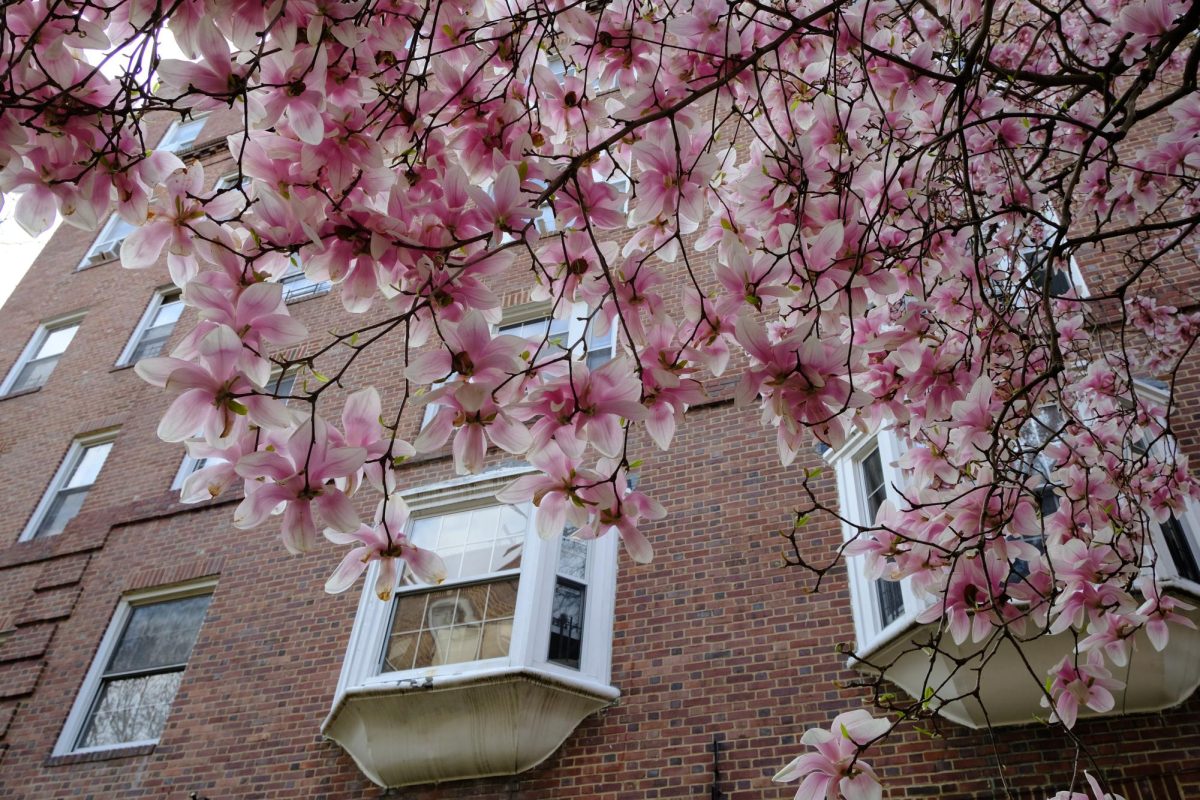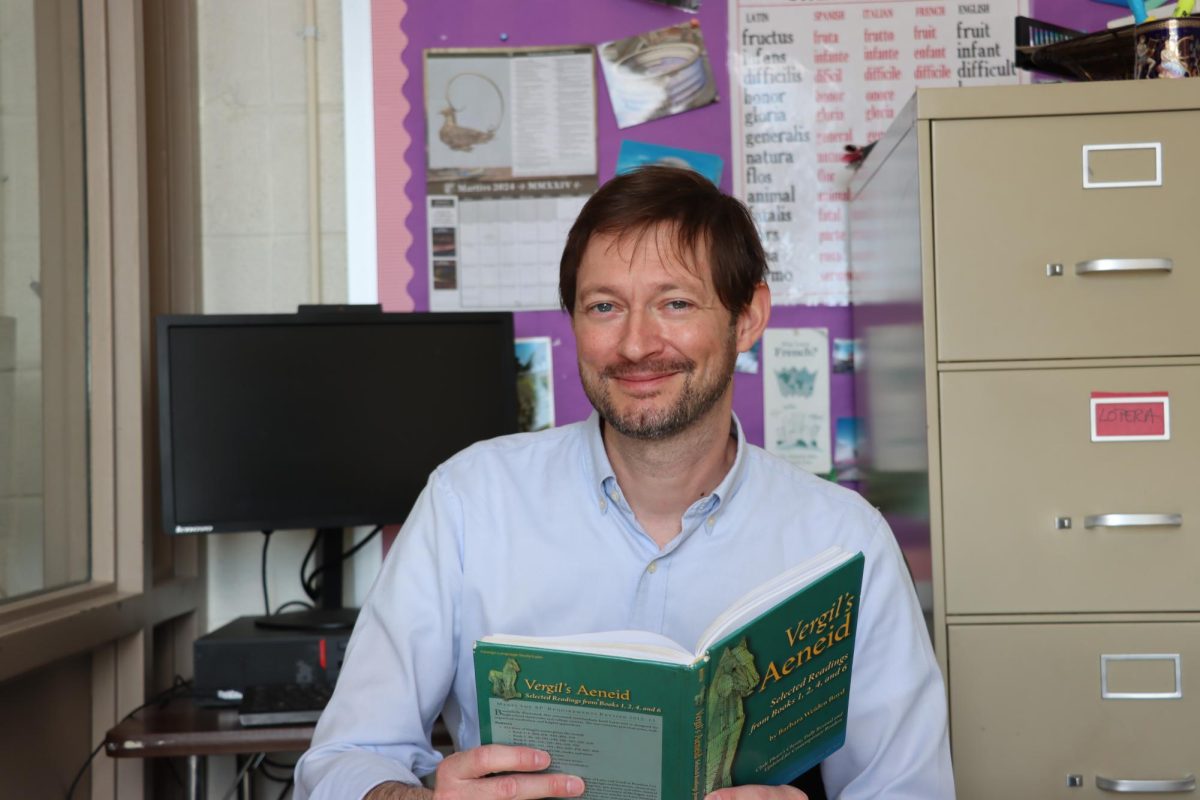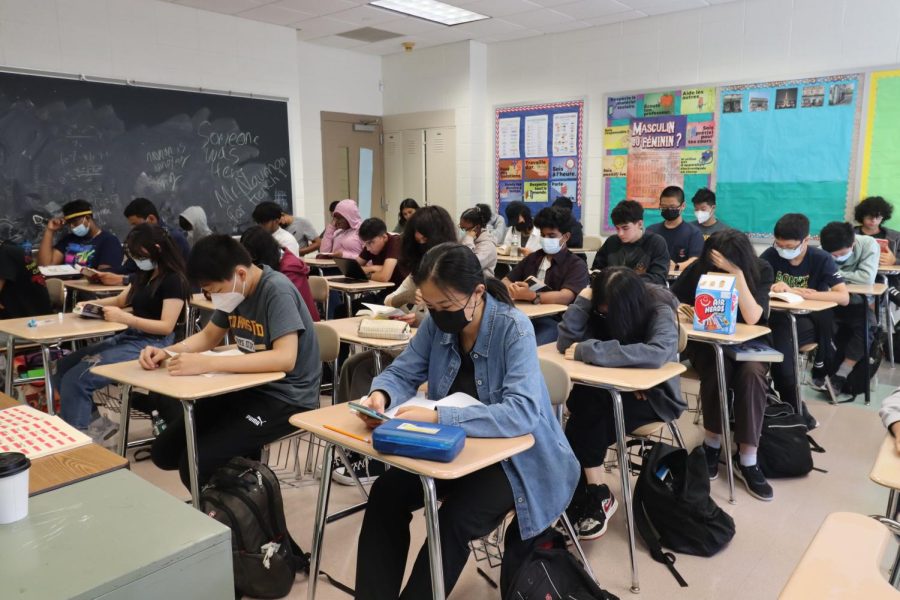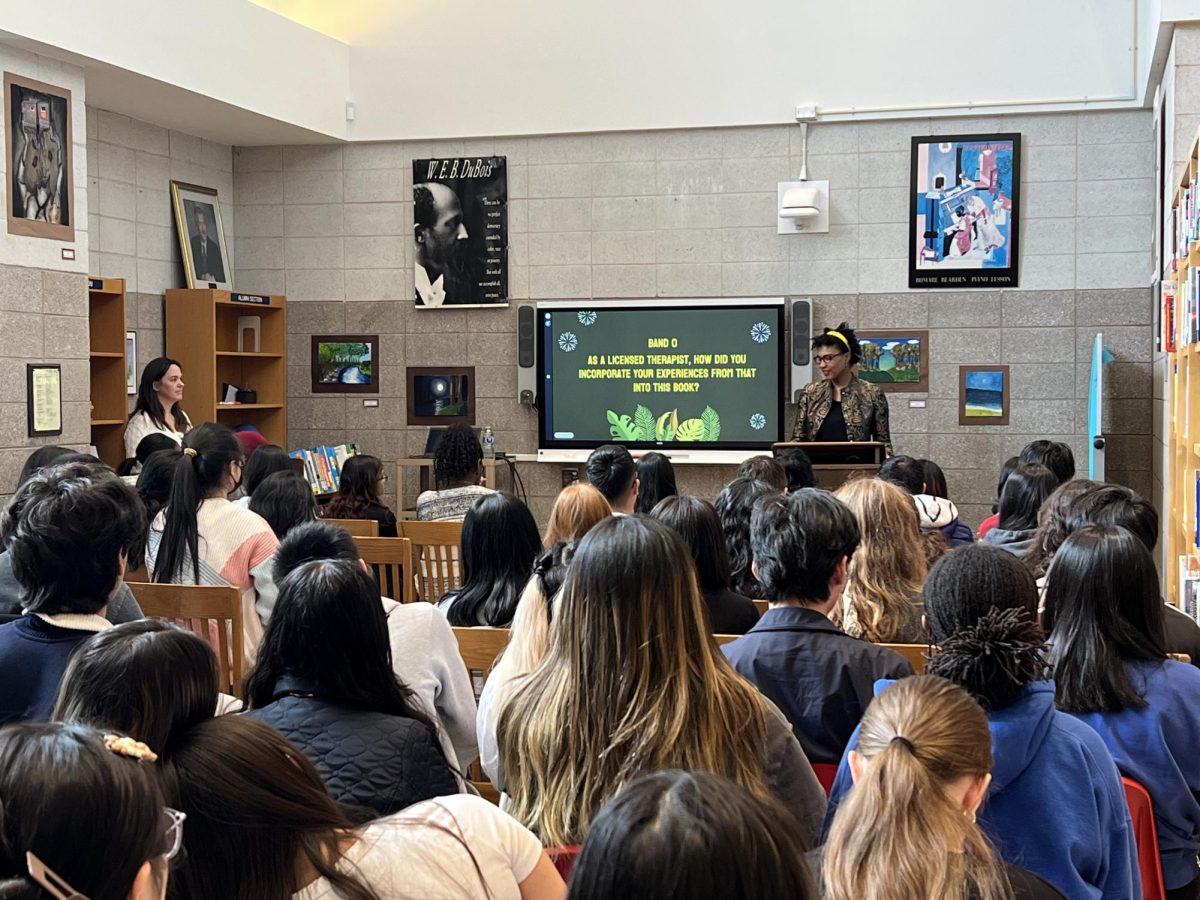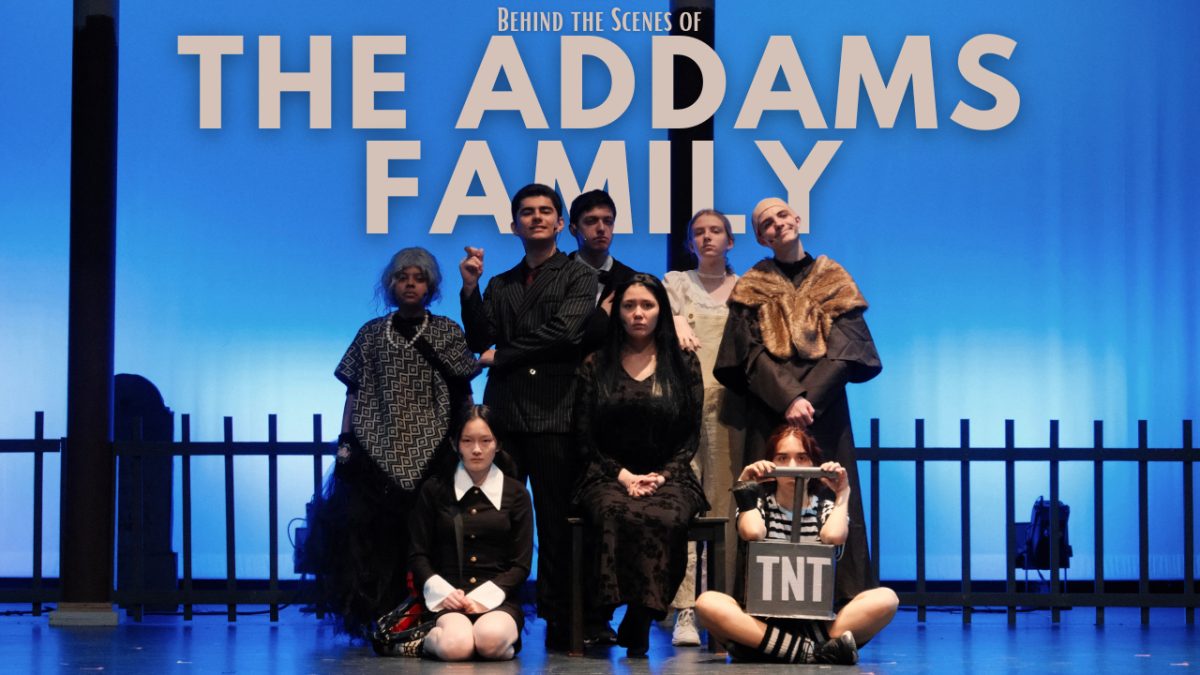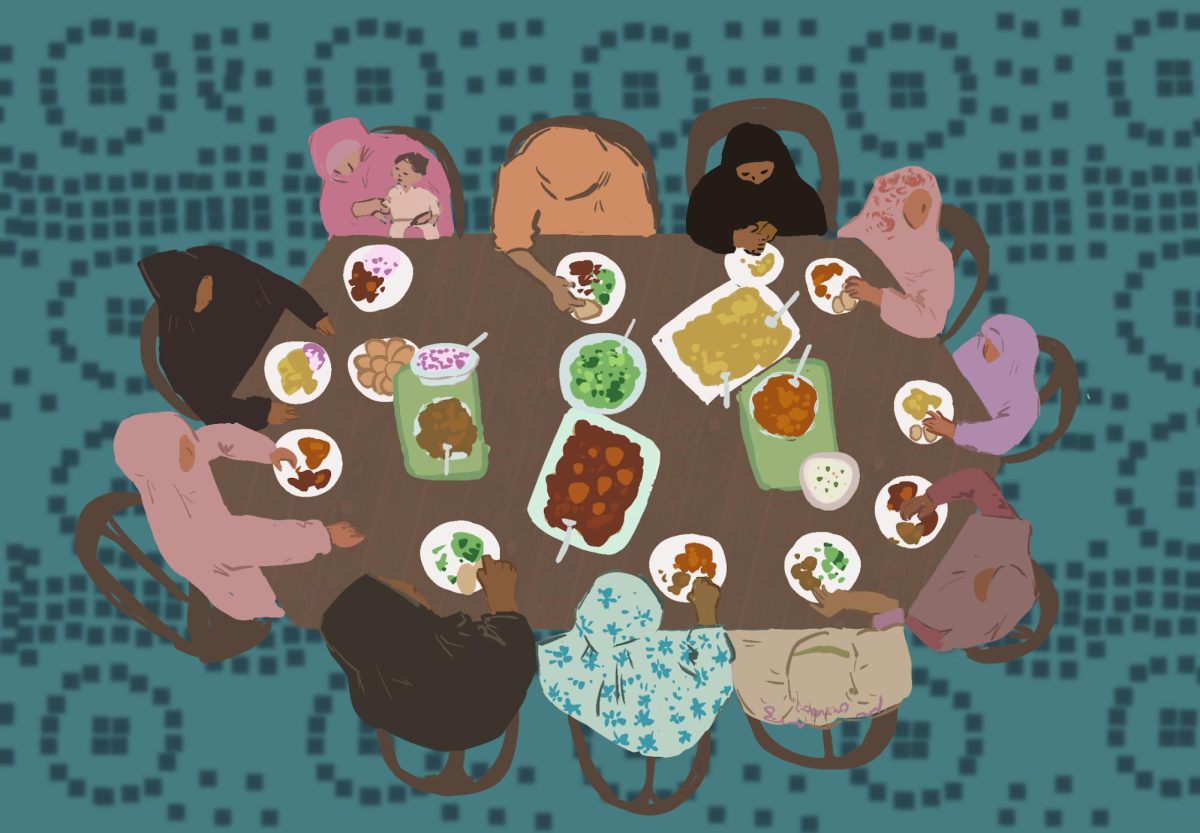
Social media is undoubtedly intrinsic to the 21st century adolescent experience. Nearly every student at Townsend Harris uses some form of social media, whether it be Facebook, Snapchat, Twitter, or Instagram. Following an incident involving the presence of illegal substances on the physics class trip, teachers spoke of imposing restrictions on student social media rights during subsequent school trips. While admittedly social media stirs up controversy and has its drawbacks, it seems strange to respond to what was a drug-related problem with regulations on social media. Nonetheless, in the week after the trip, the junior class in particular began debating and discussing the proper role of social media during such incidents, and we believe it worth addressing.
Using social media can have a multitude of repercussions. One smaller repercussion can be procrastination. Many students become preoccupied with social media, pulling their focus away from schoolwork. This is, however, up to students to control. Cyberbullying, on the other hand, can have greater repercussions. It is unacceptable and should not be condoned under any conditions. According to DOE policy, posts are categorized as cyberbullying when they have “the effect of substantially interfering with another student’s education,” “disrupting the orderly operation of school,” are “severe, persistent, or pervasive so that [they] create an intimidating or threatening educational environment,” or threaten to physically harm someone at school. It is important to restrict the nature of posts students make to ensure the aforementioned does not happen.
When an incident happens in public during a field trip, are students bullying others by sharing what happens? An argument could be made that social media just turns gossip into a public broadcast and that sharing what happens when a student gets into trouble publicly as it happens is wrong.
However, the posts students made during the physics trip did not fulfill this criteria. They did not threaten the student, but rather the school’s reputation. Most posts were by students who were reacting to their own situation: the possibility that they might be turned away from a trip that they paid for.
The tag “#freebusone” is generally innocuous and doesn’t target anyone specifically. In addition, the administration did not explicitly tell students not to post on social media platforms prior to the trip, so no one was under the impression that they were breaking the rules while they were posting.
Generally, limiting phone use on trips is unnecessary; there is nothing wrong with posting pictures of yourself with friends on trips and students need their phones to keep in contact with their parents, classmates and chaperones in case of an emergency. If a student uses social media irresponsibly, the school should direct the consequences solely toward that individual. There’s no reason for collective punishments or the threat of collective punishments; the amount of social media used is simply too large to control. If one person or group’s posts are inflammatory and create a situation that impacts the education of others, they should be held accountable.
It is, however, difficult to determine boundaries with social media when phones seem so essential to other aspects of school or trips. For instance, at the end of a trip, teachers on buses all tell students when to contact their parents to pick them up. This ensures an orderly end to the trip and keeps teachers from having to wait longer for parents to arrive. If a student gets lost, cell phones ensure student safety; permission slips ask for this. In fact, many teachers give out their cell phone numbers to ensure this. It’s an entire system that depends on the use of cell phones.
Some teachers at THHS even engage with students on social media, further sending the message that smartphones are and should be a regular part of school life. By extension, that supposed sanction exists on school trips as well; it seems strange to use social media with students outside of class and then chastise them for doing just that: using social media outside of class, on a field trip. We assume that students should understand the boundaries with social media, but it is hard to follow rules that aren’t entirely written when social media is so expansive.
That said, students who want to use social media on school trips should be more wary of what they post; things put online should not inhibit the jobs of teachers who give up extra time to be on school trips without additional pay and ensure the safety of their students.
Students should be mindful of the potential cruelty of broadcasting the business of others to large communities, often not removable after being posted online.
Finally, teachers who want to educate students about not using social media for the wrong reasons should not be able to learn about their students’ poor use of it by being friends with them on Snapchat.

